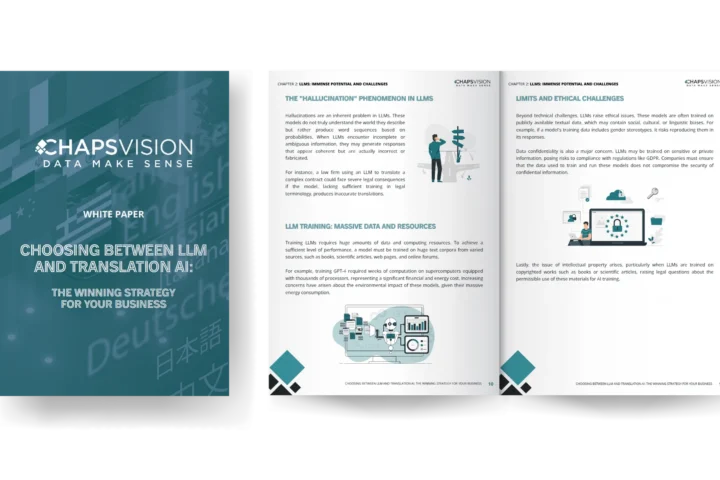In the webinar, Senouci and Ramirez discussed the need for game localization, some basic terminologies associated with it, user interfaces, global marketing, and the importance of customer service.
“Localization isn’t just one thing you can do and just get done with it. It’s a holistic process and it’s actually customized based on your game, your product,” Elizabeth said in her intro.
Why Localize?
Gaming is a $135 billion industry, and it rewards those who listen and understand. In fact, the demographics have changed and video games are no longer just games but an activity to release stress, build skills, and communicate with people globally.
Nevertheless, it isn’t a one-size-fits-all industry, and only by understanding the demand can one set stage for efficiency and potential ROI. Once launched, games need to be localized because only when it satisfies the players there will be satisfaction with ROI. In addition, it’s crucial to include Machine Translation and human post-editors in budgeting and with localization in mind in early developing stage to help with script, tone and style.
To get the ROI, you need to;
- Centralize the content;
- Automate things;
- And, reuse content.
Terminology
Understanding the importance of localization is the biggest turning point. Sometimes, we oversee the importance of game localization thinking that our game is universal and our communication style is understood. However, you really can’t guarantee yourself that it will happen and localization is the only way to go about it.
Translation memories and user dictionaries are two important tools used for localization.
- Translation Memories – Quickly identify known strings for consistency, accuracy and expedited outputs.
- User Dictionaries – Lay down the foundation for the localization of the game terminology and character development.
Glossaries and dictionaries can be loaded as files like XML for TBS or TMX.
Voice Over & Subtitles
Even before a game hits the market, the trailers are what hooks a gamer, and the narration is what walks them through the experience. Partnerships with companies like Vocapia and Nuance helps with MT that can;
- Effortlessly translate transcribed files and place it back in your workflow, text, or voice production;
- Localize not just your users but also individual games and characters of the adventure through TAG management;
- Develop characters and show consistency over time leveraging tags.
Global Marketing
Once you have developed a product, once you have launched it, you need to get it out to the audience/customers in an influential way that makes them want to try it. With the availability of API keys, connectors, and plug-ins, getting your voice heard by the audience can be a seamless and repeatable process.
Machine Translation allows your internal team to effortlessly connect through various mediums (website, email, social media posts) to communicate and connect with users.
The different features of MT are as follows;
- Transcreation
- Post-Editing
- Alternative Translations
- Review
Customer Support
You have localized your game and marketing and now is the time to dig in and support your global customers with customer support. Machine Translation assists with the following for customer support.
- Translating administrative documents in just a couple of mouse clicks.
- Predetermined BOT responses in over 45 languages.
- Allow human tech support and enable the player to interact in their own native languages.
- Live conversations with gamers through their respective native languages.
![]()






